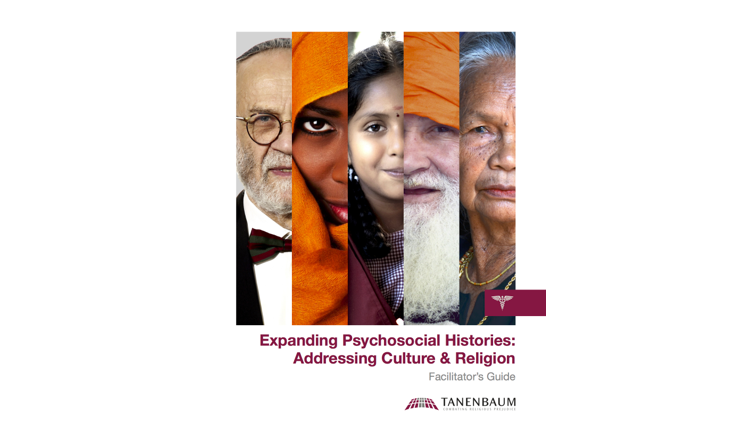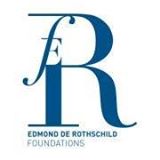Improving Patient Care through Religious and Cultural Competence:
A Training Program for Residents
In a country where 92% of U.S. residents believe in God, religion is one of the key social factors that can affect medical care. Unfortunately, this topic receives very little attention in cultural competency training. As a result, today’s physicians are faced with increasingly diverse patient populations with needs that they don’t have the skills to manage.
To address this gap in education, Tanenbaum, in collaboration with Maria Fareri Children’s Hospital of Westchester New York, developed an extensive and comprehensive set of training materials on what we call “religio-cultural competence.”
These teaching materials serve as a resource for residency program directors to improve the professionalism and communication skills of their residents in caring for religiously and culturally diverse patients.
About the materials: Tanenbaum offers a series of training modules guided by PowerPoint presentations and an accompanying facilitator’s guide. The facilitator’s guide provides a detailed outline for medical educators on how to present the materials and instructions for facilitating discussions and skills-building activities.
Purchase the Full-Day Training
Purchase the Full-Day Training plus Advanced Modules & Supplementary Materials.











